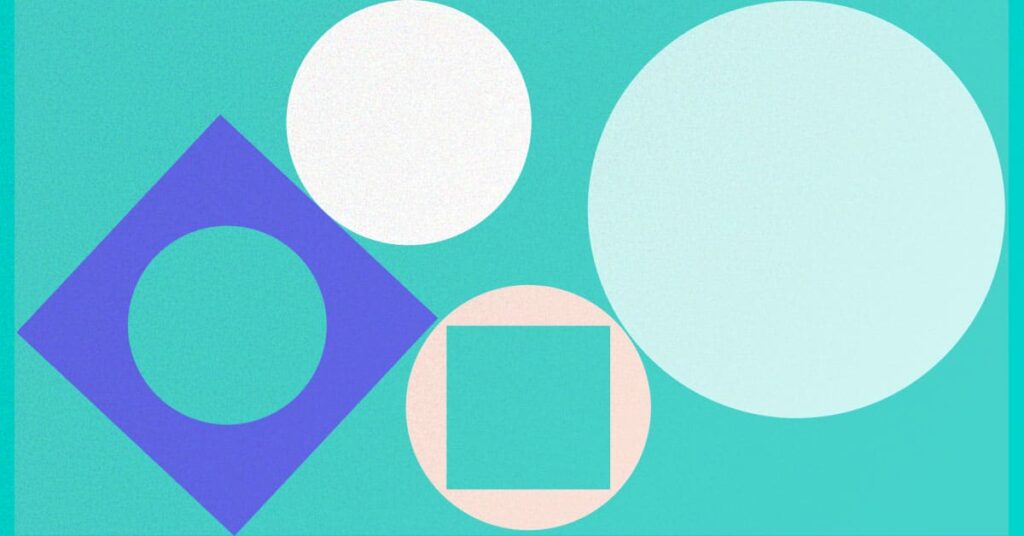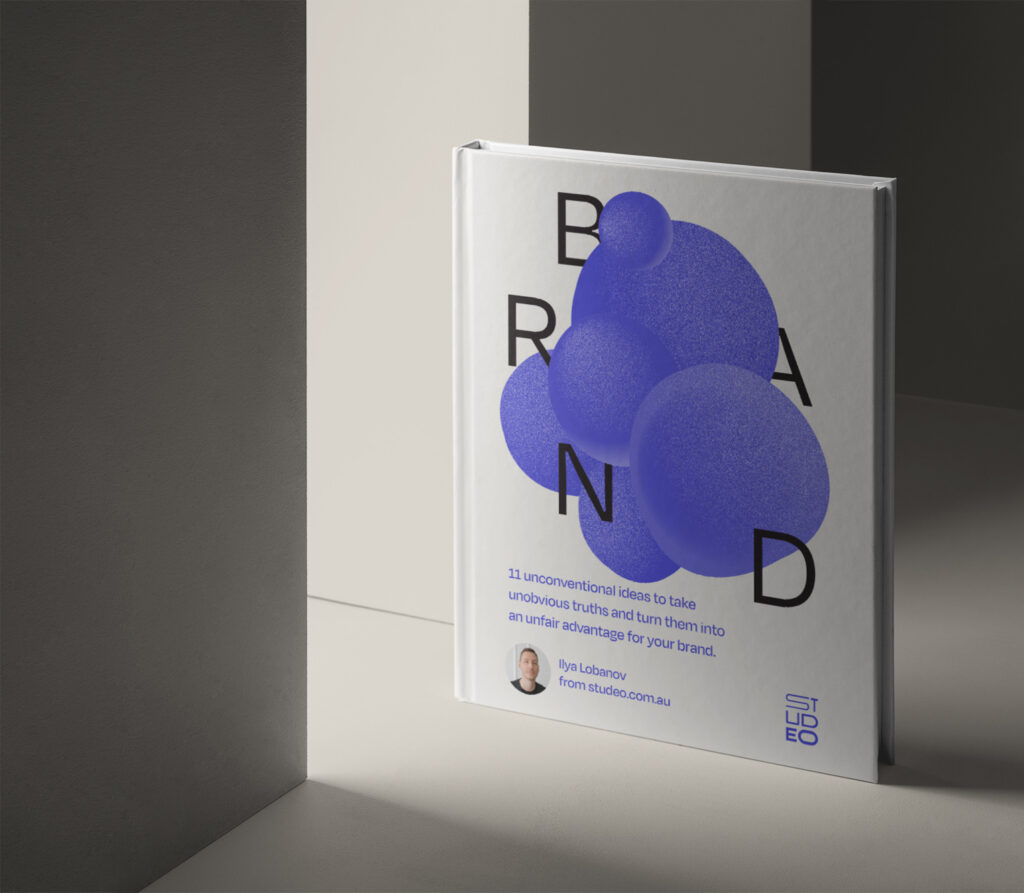Lessons for New Designers I Wish I Adopted Sooner

Uninspiring. Lazy. Boring. Beige. To a creative, these are some of the most triggering ways to describe your idea, piece of work, or design.
If a Creative Director, a client, or even a partner/friend gives this unkind feedback, it can be extremely hard to take. But it’s even more unkind when you start to label yourself in these ways.
This will almost always diminish your creative effectiveness unless you have some ways to counter it. And the good news is – you can. I have put together a list of creative mindsets, tools, and techniques that I wish I adopted earlier in my 20+ years of design career.
I wanted to share it because I often see creatives brewing in their own stew, lamenting about their creative block, imposter syndrome, lack of ideas, or even deeper than that – feeling like they’re not fulfiling their creative potential.
But there are plenty of ways to empower your creative genius to shine. And while I don’t claim that they will all work for you – these mindsets have helped me deal with the ‘dark side’ of creativity.
Take each for a spin and see how it fits. While some of these sound counter-intuitive, you might just find a solution to a year-long creative handicap.
Make friends with your own identity
You know that Golden Rule ‘treat others like you want to be treated’? It’s well-meaning, but in my opinion, fairly inaccurate. Everyone will be much better off if we treat others as they need to be treated. Like those 5 Love Languages. Why? Because everyone is different. What works for me may not work for you.
That’s why I’m very careful about sharing these tips not as the end-all-be-all cure for your problem but as a potential solution you could try. We all have certain traits, preferences, and life experiences. Meaning that different tactics and tools may be more or less useful, depending on our own identity.
Ever since taking my first personality test (and even before that when reading horoscopes my mother sent), I was fascinated to see how some of my identified traits help me to be better at follow-through. Or how certain characteristics make me appear cold and uninterested to those I’m talking to.
I am captivated by human nature. Always learning about what makes humans tick. I think that is why designers are best placed to create businesses of the future – we understand humans.
But it should all start by understanding yourself first. What makes you tick? What makes you unproductive? What habits, behaviours, or interactions tend to lead to successful outcomes? Naturally, this learning is an ongoing process. But the sooner you define your own identity, the more success you will have as a creative (and human being in general).
There are lots of tests you can take. More sources mean more opportunities to spot patterns and similarities. From ‘just for fun‘ tests to more career-specific ones, and more entrepreneur-focused tests. These are not meant to lock you into a box – but to help you spot your strengths and areas for improvement.
Lose your perfectionism
Do you sometimes feel like it’s your job to have a brilliant idea in the first few minutes of thinking about a problem? You might suffer from perfectionism. Do you believe that you need to get every detail perfect before sharing it with anyone? Yup – you’re riding the perfectionism train.
We are putting so much pressure on the end result because we expect it to be judged harshly. That fear won’t necessarily evaporate, no matter how long you do this. But it might get easier if you focus on your effort. You can control the effort you put in, but not always the results.
Think about playing chess with an opponent. You may plan to play ‘the perfect game’, but you’re also dependant on what your opponent will do. So you can’t expect a ‘perfect’ outcome every time – however, you can control your preparation and effort. Focus on that.
Procrastinate like a champion
Like many designers, I used to beat myself up for my ‘laziness’ because I’d often procrastinate throughout a mentally or creatively challenging task or project.
Hustle culture advocates demonise anyone who isn’t fanatically working their bones off every minute of every day. And it’s hard not to feel guilty even for going to the loo, or doing something else even remotely ‘unproductive’.
But what I’d found with my work is that structured, balanced procrastination enables me to explore and discover better ideas and solutions. Just like with design, where white space is required, you need to embrace these moments of planned boredom within your creative process.
As I mentioned, being ‘boring’ is one of the worst things you can be described as a creative, but there are plenty of studies conducted that boredom done right enhances creativity. Forcing yourself to work every minute might sound noble and productive, but it will very quickly lead to burnout and resentment.
Fill up the creative tank
As a 10-year-old, I used to hate reading. My mother would need to force and threaten me to read even 3 or 4 pages for school. Even attempting to read supposed classics such as Adventures of Tom Sawyer didn’t transform me into an enthusiastic reader.
It wasn’t until late into my 20’s that I’d voluntarily picked up a book.
You might already be an avid reader, and you might say “Well duh, books are amazing”, or you might be the way I was and think “Nah, you’re not convincing me”.
If you’re the latter, think about books as your superpower to connect dots. After all, creativity is all about connecting dots – combining sometimes unrelated concepts, ideas, and knowledge into something fun, unique, even daring. More books = more creativity.
If you’re the former, you also need to ensure you’re not just sitting in your area of comfort with your Harry Potter series and the like. Pick up books from different industries and of different genres. Pick up a few books on business. Books on technology. Personal development. Anything that gets you outside of your comfort zone tends to open up further possibilities for your creative up-levelling.
Block out time for deep work
It can be hard to imagine any kind of structure or process to creative work.
But contrary to popular belief, inspiration doesn’t come out of the blue. It often comes once you’ve allowed yourself to focus on some deep work related to the task to achieve that ‘flow’ state. Typically that’s something that requires a lot of mental energy and focus.
If you are constantly getting interrupted by notifications, it can be challenging to gain that flow state. Even for the most talented. So schedule (literally schedule it in your calendar) 3-5 time slots of at least 2–3 hours of interrupted work throughout the week. This is when you ‘lock yourself away’ from all distractions and disturbances.
That doesn’t mean NOT taking breaks to stretch or get up from the computer every now and then. It just means picking one main task to focus on and removing any notifications and other distractions.
Unlearn the answer
Even today, after 20+ years of working with clients I often still worry that I won’t know an answer to something important. I fear they will call me out as a fraud, take their money and leave.
Here’s a secret – it’s not your job to know everything about your client’s business or industry.
And even if you do feel you have your answer – bite your lip. Often our answers are based on our assumptions. And that lens we’re viewing everything through prevents us from spotting a glaring obstacle, insight, or opportunity.
Practice becoming a good ‘mechanic’ – seek to understand all the components of a problem first before you dive into solutions. How do you do that? Ask better questions.
Ask better questions
We often see this kind of advice from brand strategy experts and coaches on social media. But what does that even mean?
While there’s no magic-cure-all-solution, there are some general question guidelines you can try. Questions can help you gather more info so you can provide better recommendations.
And why-led questions can help you get more insights into someone’s decision. Good creative directors will often ask designers: “Why did you select this colour/typeface/image?”. But a why question puts us in a defensive state of mind. We automatically feel like we need to justify our actions. Emotions flare-up. You lose your objectivity. Your cognitive ability is diminished.
Next time you get a why question, imagine they’d asked “How did you arrive at this colour selection?” – and focus your answer on the process that got you there. Much easier to answer, while still providing the necessary insights.
A well-constructed how or what question can help you build trust with the other person while providing you the necessary info to make the next steps. It works whether you’re dealing with a client, a creative director, or even asking for feedback. “What does success look like to you for this project?” or “How will we know when we’re off-track.” are great questions.
You can also benefit from a how-question when generating ideas for yourself. Rather than thinking about a vague task “I need a great idea for this logotype” try rephrasing to a process-oriented how: “How might we create a logo that communicates X?”.
Deal with today first
One of the handicaps I see with designers, and especially with solopreneurs and freelancers, is that they get overwhelmed by the massive task they have in front of them.
When you start to think about everything that needs to get done with a project, it’s hard not to. This renders most of us frozen, unable to perform.
But remember how you eat an elephant? You focus on the first few steps you need to accomplish, rather than the overall goal. Accomplishing each small task will inevitably lead you towards completing the overall task as well, without feeling overwhelmed.
Assign specific goals and subtasks for your bigger task, prioritise them and get to work.
For me personally, I found that a prioritised To-Do list helps me to focus my energy. Although, instead of treating the To-Do as a ‘To-Day’ list, I think about it as a Weekly list. That means you’ll have the opportunity to allow for plenty of planned procrastination moments, time blocks for deep work, and other inevitable distractions you’ll be faced with during your days.
Remember: most people overestimate what they can achieve short-term (i.e. in a day) and underestimate what they can achieve long-term (i.e. in a week/month). The compound effect of small accomplished tasks will help to build the momentum to achieve those bigger goals.
Enjoyed this article?
Consider signing up for the Studeo Insider, and receive more insights like this one. If you know someone who might enjoy this article, please share it. If you have any questions or would like a chat, please reach out via email or on Instagram, I’d love to hear from you!
